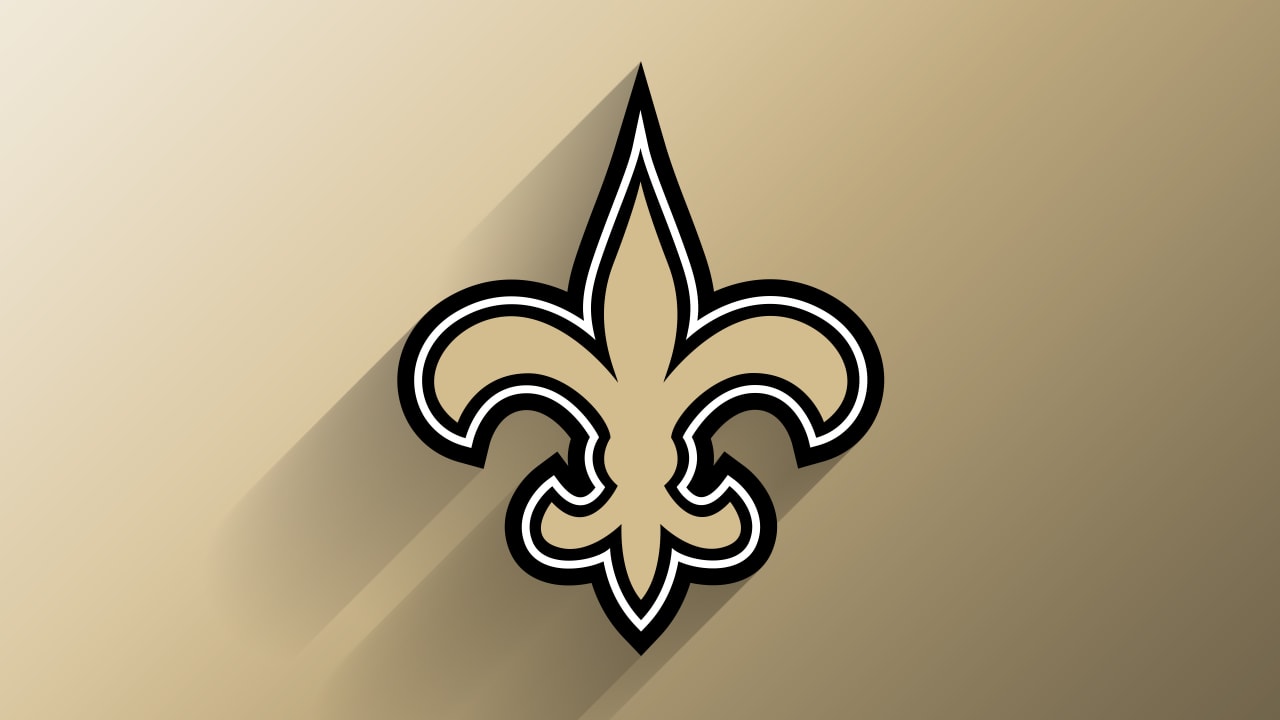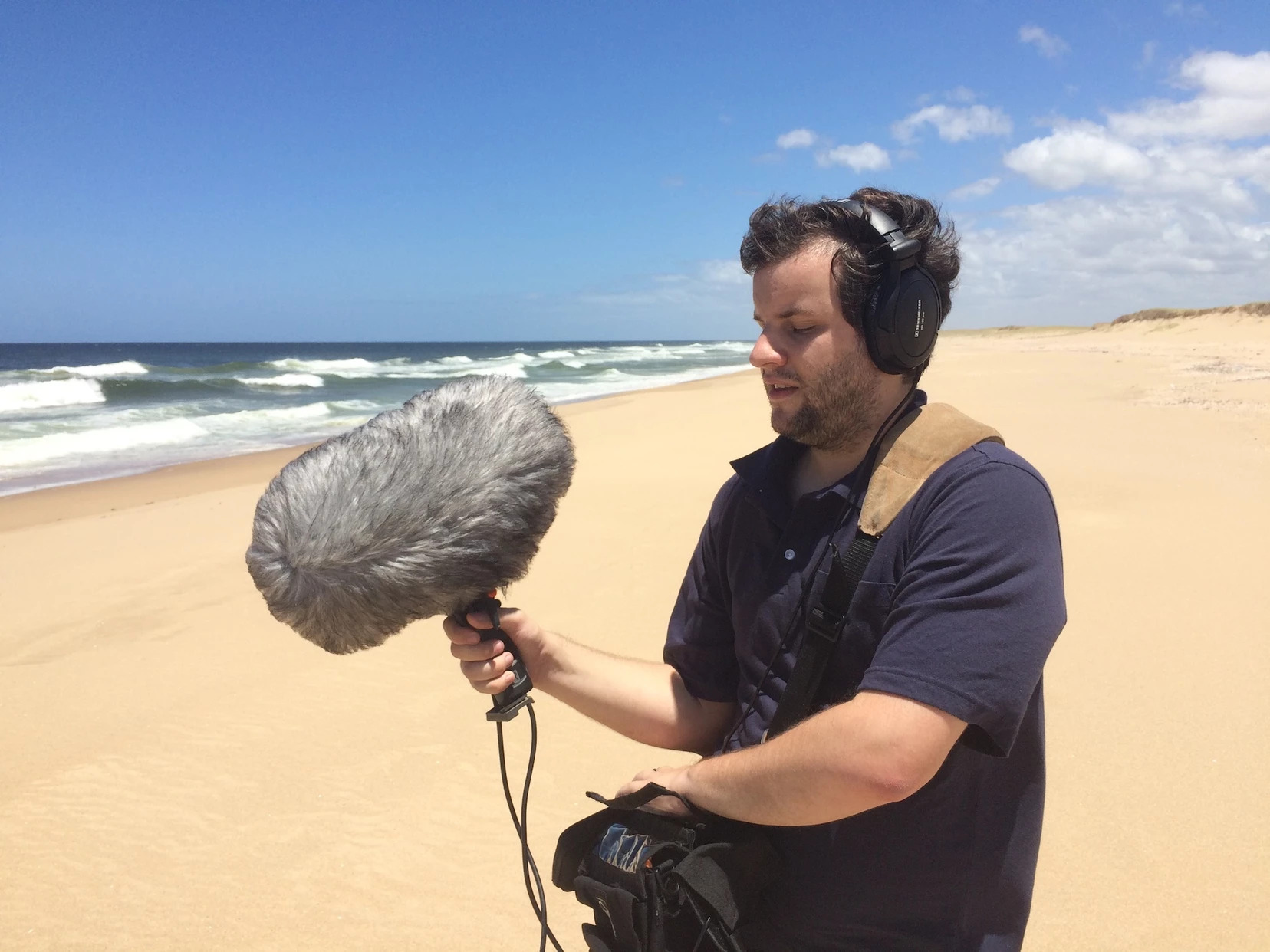Live music in New York City in the summertime: nothing could be more natural, or more welcome. But after the canceled summer of 2020, nobody knew what to expect this year. The mayor was hyping the city as back in a big way, though that always seemed as much a hoped-for economic boost as a description of what was actually going on.
The city’s usual set of festivals began to announce their schedules, and an air of disbelief set in. Would we really be gathering, exhorting, exhaling, and generally committing dangerous social interactions any day now? Or were we more at risk of losing our shit if we didn’t?
I felt for the event organizers, who had to deal with a changing set of variables, indoor/outdoor/masked/etc., and plough forward. One thing was sure: the musicians were ready. They had spent much of last year woodshedding, and they were dying to throw down.
The River to River Festival was the first out of the gate, with a concert by this year’s series organizer, bassist and composer Esperanza Spalding, a tribute to Wayne Shorter via a film with Arthur Jafa, and an opening trio concert with Terri Lyne Carrington and Leo Genovese. In the film, Shorter roams free through various topics, while seeming to erase music, rather than write it—a startling image that suggests his own mortality, and, oddly at this sobering moment, all of ours. As for the concert itself, it was hard to get over the astonishment of what music sounds and feels like on a warm summer night. I felt grateful.
I also discovered a newer series, the Walk with the Wind set of concerts set up by producer and photographer Jimmy Katz and Nasheet Waits, honoring civil rights activist John Lewis. The concerts took place at Summit Rock in Seneca Village, a historic part of Central Park that once held some of the first properties owned by Black people in the city in the 1820s, and a brilliant natural stage. There I saw Sunday afternoon concerts by Antoine Roney, aided by his fantastic drummer son Kojo and empathic bassist Saadi Zain, as well as another featuring the superb Abraham Burton. Katz also recorded the concerts, the whole endeavor born strictly from Katz’s friendship with the artists and love for the music. In the same vein, Katz recorded a set by saxophonist Darius Jones and his group in the leafy heart of Green-Wood Cemetery, which afforded listeners the chance to hear his delicate sound explorations while stretched out on gravesites, a very pleasing memento mori for a summer’s day.
Another longtime series, SummerStage, hosted its inaugural Central Park concert of the season, a kicking performance by the Jazz at Lincoln Center Orchestra, just before they set off on a world tour. I always used to think the JLCO was a noble endeavor that never lived up to its promise because the music lacked the very thing artistic director Wynton Marsalis was always extolling: a true evocation of that often elusive trait, swing. I don’t know what changed—them, me, the times, or all three—but they sounded deep in the groove, and made the repertory pieces by Duke Ellington and others jump to life.
Lincoln Center, through its Restart Stages program, offered a centenary tribute to the great pianist and television/radio host Dr. Billy Taylor, who founded my favorite of all New York City summer concert series, Jazzmobile, which over the years has allowed me the privilege of seeing shows by Art Blakey, Dizzy Gillespie, Jimmy Heath, and scores of other true giants up at Grant’s Tomb. For this show, the gospel-inflected powerhouse style of Cyrus Chestnut was played off against the deep groove of longtime trio members Winard Harper (always a knockout) and bassist Chip Jackson. Diz protégé Jon Faddis came on toward the end and conveyed his subtle style and blistering authority.
Then in late July, the Vision Festival returned for its 25th anniversary. I attended six out of seven nights’ worth of committed, blazing sound, and had my mind repeatedly blown. The festival was created by dancer and community organizer Patricia Nicholson Parker and assisted with support of her husband, bassist Willaim Parker. Their dedication to the spirit of free jazz has made this festival an annual pilgrimage site for many, and their mission shines through in performances that are equally informed by past and future to create a more glorious present. Held at Pioneer Works in Red Hook, its lush garden perfect for breaks in the action, and the Clemente Center on the Lower East Side, the festival presented and sometimes combined music, dance, and poetry, giving these shows a welcome physical quality, especially after this time of isolation.
William Parker is a major cohesive force in these gatherings. He played in different contexts every night, but always lent the music a kind of natural ease, mixed with a searching quality that I find in so much of the best music. He rang out amidst the squall of Dave Sewelson’s Music for a Free World Sextet (drummer Marvin “Bugalu” Smith kept these wide-ranging innovations in the bag), and as a quietly keening force in the astounding Matthew Shipp String Trio. This trio united the strings of the bass and of the viola (lovingly rendered by Mat Maneri) with the vibrations of the piano wires, all of it swirling like a steady, sometimes surging blue flame. Shipp is such a gifted pianist and composer, and he plays with total commitment to bringing the listener into his compositions and his interior world. Classical and jazz influences intermingle and truly fuse—a rare feat. I couldn’t get over the deep interior quality of his playing; he leaned, almost dove, into the piano, with a style and intensity recalling Bill Evans, while assuredly heading in his own direction. Some musicians play at you, but Shipp instead invites you into his territory for a spell, making it less of a performance than a shared experience.
The second night was dedicated to the composer, pianist, and vocalist Amina Claudine Myers. As this year’s honoree, she was able to showcase three very different ensembles, and shone in every context. Her vocal octet group opened the night, and presented another unlikely fusion that worked brilliantly, improvised forms merging with choral music. I had never heard a choir deployed quite this way, and the octet here sang with passion and precision, Lisa Sokolov taking special turns to soar. When Myers turned from the piano and hit the first note on the organ, the crowd practically leapt up, her tone of attack instantly authoritative. Next was Generation IV, which works with the gospel legacy of groups like The Caravans and the Clara Ward Singers, honoring it for its beauty and its living syncretic history. Myers seems to draw strength from the chordal inversions of sacred music, conveying its power. She provided the direction for the group (the other quartet members were her students), and her penetrating alto animated and bound these performances. A fantastic documentary on the artist, directed by Moon Lasso, demonstrated her special style and droll sense of humor while telling the story of her growth as a person and composer, including her major contribution to the Association for the Advancement of Creative Music (AACM) in Chicago; the story of her early years is intercut with some spectacular footage from the kinds of shows she used to see growing up in Blackwell, Arkansas and Dallas. She closed with a trio featuring bassist and guitarist Jerome Harris and drummer Reggie Nicholson, at one point belting out a raucous blues that wound up with her admonishing herself, after a break-up, to keep her thing together and go on moving through the world. Exquisite at age 79, she seemed to be doing just that.
Third Landing is a new band assembled by guitarist Ava Mendoza that tore through tropes of improvised music and dared to put crunchy, electrified fusion back at center stage. But rather than indulge its well-known excesses, Mendoza took it back to a more stripped-down state; she let loose with unexpected, jagged, phased-out solos, the music surging and reeling underneath. Best of all, the extraordinary Abiodun Oyewole of The Last Poets set the whole thing to an incantatory verse. Sometimes mournful, he also embodied the strength of carrying on. James Blood Ulmer, an immensely powerful and renowned guitarist, closed the night with his Odyssey band, bringing to bear his particular post-Hendrix expansion of the instrument. Hearing his drone-like strings stutter and wail again was life-affirming, the kind of experience that only live music, preferably played loud, can provide.
For the second week of the festival, I started in with a set by tenor saxophonist James Brandon Lewis’s quartet. There is great originality to his soaring, roaring style, the way it is influenced by Coleman Hawkins, John Coltrane, and Ornette Coleman, but determined to represent his own experience, to establish his own sound. Aided by a great band (startling pianist Aruán Ortiz, bassist Brad Jones, and drummer Chad Taylor, heard in numerous contexts at the festival), Lewis played several selections from his stunning album Molecular, employing the hue and cry of free jazz to push the story forward, to propel the band along a treacherous road.
The David Murray Octet reassembled the next night. Murray has not lost a step in his more than four decades on the scene. He looked and sounded superb, and brought a welcome fire to the occasion, his arrangements blaring with life. The festival closed with a tribute to polymath percussionist, visual artist, inventor, herbalist, and martial artist Milford Graves, a free jazz forebear. The original group of five grew to about 20, and miraculously, what could easily have become cacophony, swung and blazed with equal aplomb, levitating and taking the audience with it.
Adblock test (Why?)
"sound" - Google News
September 01, 2021 at 07:31AM
https://ift.tt/2WLdNln
Sound and Vision – The Brooklyn Rail - Brooklyn Rail
"sound" - Google News
https://ift.tt/2MmdHZm
Shoes Man Tutorial
Pos News Update
Meme Update
Korean Entertainment News
Japan News Update







/cloudfront-us-east-2.images.arcpublishing.com/reuters/YI3O3AUDEFMEHBYKVAFQBVEHE4.jpg)
:quality(70)/cloudfront-us-east-1.images.arcpublishing.com/adn/KJN25JZAVBF6BBVFRFE4AIAR6U.jpg)
:quality(70)/cloudfront-us-east-1.images.arcpublishing.com/adn/C534FDFWLNDLZD5YJHNT3PMFME.jpg)
:quality(70)/cloudfront-us-east-1.images.arcpublishing.com/adn/XXCV6LRTJJHT7G72IBP6NAYA6I.jpg)
:quality(70)/cloudfront-us-east-1.images.arcpublishing.com/adn/6SHNYW2NINENLMZAB6BIMPHE6Q.jpg)
:quality(70)/cloudfront-us-east-1.images.arcpublishing.com/adn/DJFOQLK6LBACBLXCTK4FUZ247Y.jpg)
:quality(70)/cloudfront-us-east-1.images.arcpublishing.com/adn/E6QLUK4OR5G27HMWLHAWN27RLE.jpg)

